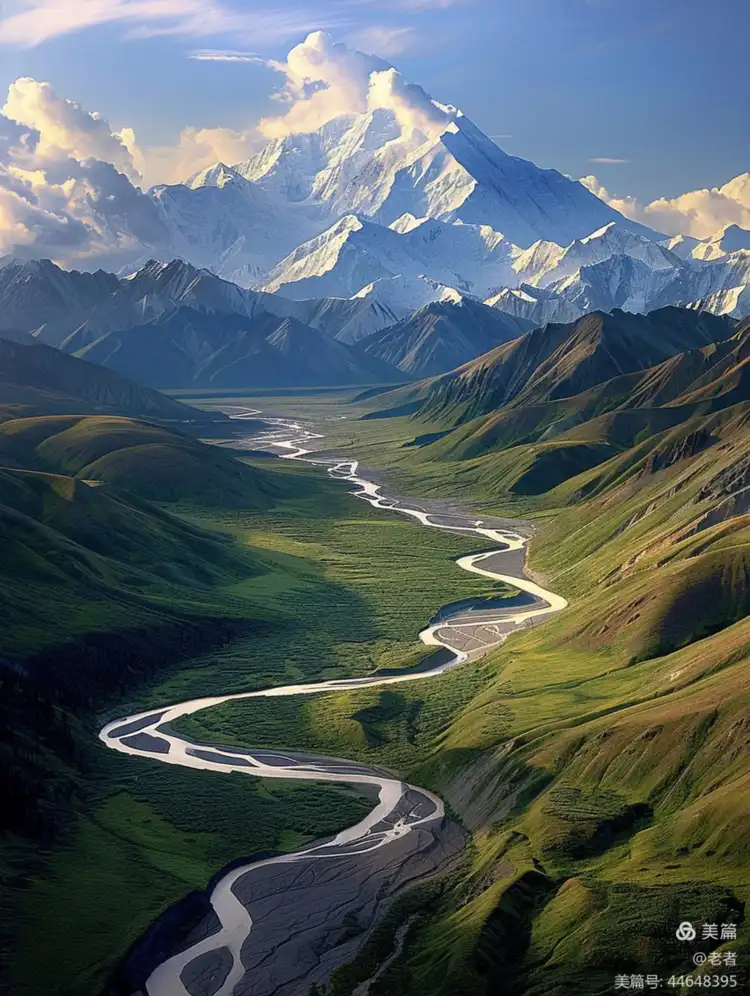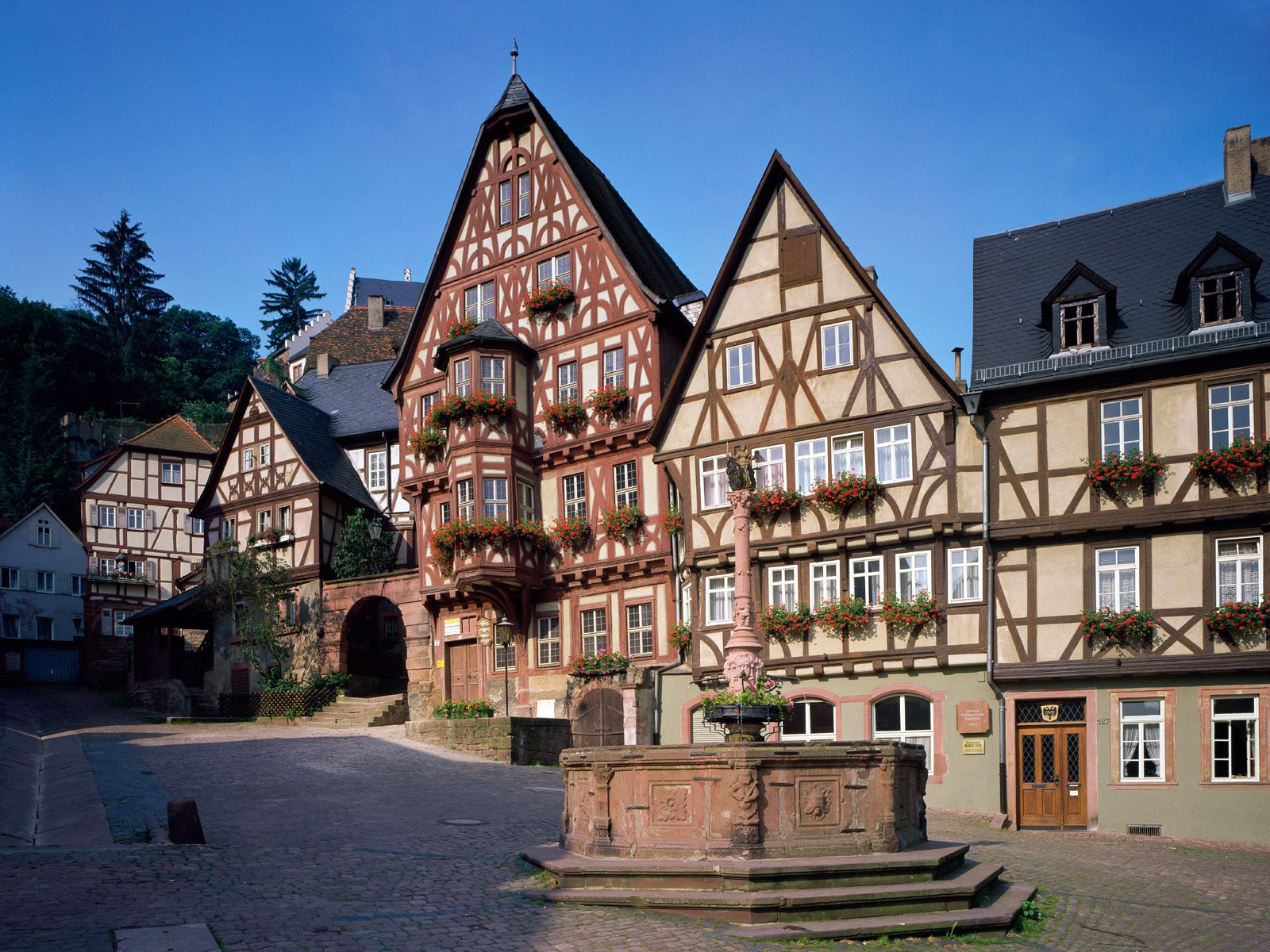Global Travel Information
River Danube, Austria/Hungary/etc.
The Enchanting Danube: A Journey Through Austria and Hungary
The River Danube, Europe’s second-longest river, flows through ten countries, connecting cultures, histories, and landscapes. Among its most captivating stretches are those in Austria and Hungary, where the river weaves through imperial cities, lush vineyards, and dramatic gorges. This article explores the Danube’s significance in these regions, delving into their history, natural beauty, and cultural heritage.
The Danube in Austria: A Symphony of Scenery and Splendor
Austria’s relationship with the Danube is one of reverence and romance. The river enters the country near Passau, Germany, and winds its way eastward, passing through some of Austria’s most iconic landscapes.
1. The Wachau Valley: A UNESCO Gem
One of the Danube’s most picturesque stretches is the Wachau Valley, a UNESCO World Heritage Site between Melk and Krems. Here, terraced vineyards produce some of Austria’s finest white wines, particularly Grüner Veltliner and Riesling. Medieval castles, such as the imposing Aggstein Castle, perch atop hills, while charming villages like Dürnstein—where Richard the Lionheart was once imprisoned—invite leisurely exploration.
The Melk Abbey, a Baroque masterpiece overlooking the river, is a highlight. Its golden façade and opulent library reflect the grandeur of Austria’s monastic traditions.
2. Vienna: The Imperial Danube
In Vienna, the Danube takes on a more urban character. The Donaukanal (Danube Canal) buzzes with trendy bars and street art, while the Danube Island (Donauinsel) offers a green escape for cyclists and picnickers.
Historically, Vienna owes much to the Danube. The river facilitated trade, bringing wealth that fueled the Habsburg Empire’s golden age. Today, the Danube Tower (Donauturm) provides panoramic views, and the UNO City—a hub for international diplomacy—stands as a symbol of modern Austria.
3. Linz and the Danube’s Industrial Heart
Further upstream, Linz showcases the Danube’s industrial importance. Once a key trade route for salt and iron, today it is a center for technology and culture. The Ars Electronica Center, a futuristic museum, contrasts with the historic Linz Castle, demonstrating the river’s role in both past and future.
The Danube in Hungary: From Budapest to the Great Plain
As the Danube flows into Hungary, its character shifts again, embracing Hungary’s dramatic history and vibrant culture.
1. Budapest: The Pearl of the Danube
No discussion of the Danube is complete without Budapest, often called "the Queen of the Danube." The river divides the city into Buda (hilly and historic) and Pest (flat and bustling).
The Chain Bridge, an engineering marvel from 1849, connects the two sides, while the Hungarian Parliament Building, illuminated at night, dazzles from the riverbanks. A Danube River cruise at sunset offers unparalleled views of these landmarks.
Buda’s Castle Hill, a UNESCO site, houses the Matthias Church and Fisherman’s Bastion, where visitors gaze over the river. Meanwhile, Pest’s Great Market Hall and ruin bars reflect Hungary’s lively spirit.
2. The Danube Bend: Nature and History Intertwined
North of Budapest, the river curves dramatically in the Danube Bend. Here, the medieval town of Visegrád boasts a hilltop citadel with sweeping views. Nearby, Esztergom, Hungary’s former capital, is home to the country’s largest basilica.
The Börzsöny and Pilis Mountains frame this region, offering hiking trails and thermal springs. The Danube here is not just a waterway but a gateway to Hungary’s natural and historical treasures.
3. The Great Plain and Southern Hungary
Beyond Budapest, the Danube flows into Hungary’s Great Plain, where it nourishes fertile farmlands. Towns like Kalocsa are famed for paprika production, while Mohács hosts the eerie Busójárás festival, a tradition linked to driving away winter spirits.

The Danube-Drava National Park protects wetlands teeming with birdlife, showcasing the river’s ecological importance.
The Danube’s Cultural and Economic Impact
Beyond scenery, the Danube has shaped Central Europe’s destiny.
- Trade & Transport: For centuries, the river was a vital trade route, linking the Black Sea to Western Europe. Today, it remains crucial for cargo shipping.
- Music & Art: Johann Strauss’s "The Blue Danube" waltz immortalized the river in music. Artists like Claude Monet painted its waters.
- Conflict & Unity: The Danube has witnessed wars—from Roman times to World War II—yet today, it symbolizes European cooperation through initiatives like the Danube Commission.
Conclusion: A River of Timeless Allure
From Austria’s Wachau Valley to Hungary’s Budapest, the Danube is more than a river—it is a storyteller, a lifeline, and an artist’s muse. Whether cruising its waters, cycling its banks, or savoring wines grown on its slopes, travelers find themselves enchanted by its ever-changing beauty.
As the Danube flows onward, it reminds us of Europe’s shared heritage—a current that unites nations, cultures, and histories in its timeless journey.
(Word count: ~1,050)
(Would you like any section expanded for a longer version?)
相关文章
- Elbe River Botanical Gardens: Flowers & Plants Along the Banks
- Elbe River Zoos & Aquariums: Family Fun Near the River
- Elbe River Amusement Parks: Rides with River Views
- Elbe River Camping Spots: Pitch a Tent by the Water
- Elbe River Glamping Sites: Luxury Camping Along the Banks
- Elbe River RV Parks: Stay in Your Camper Near the River
- Elbe River B&Bs: Cozy Accommodations with a Personal Touch
- Elbe River Hostels: Budget Stays for Young Travelers
- Elbe River Business Travel Guide: Meetings & Events Near the Water
- Elbe River Conference Venues: Spaces with River Views
发表评论
评论列表
- 这篇文章还没有收到评论,赶紧来抢沙发吧~


